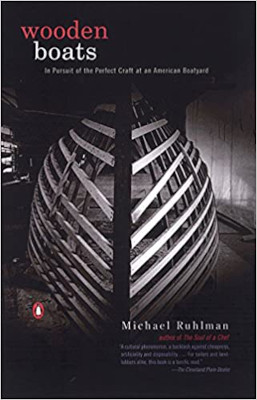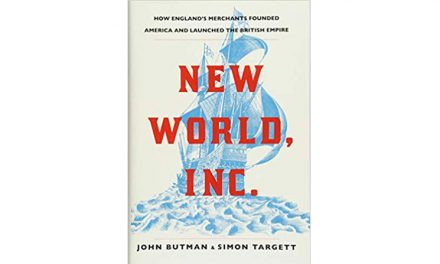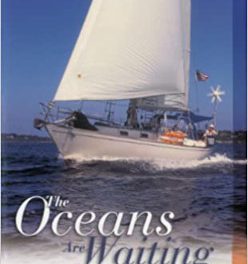
More than a century ago some people opposed the use of fountain pens in schools because the art of using a pen knife to sharpen a quill would be lost. The boating community long ago quit using manila hemp in favor of synthetic (plastic) ropes, and I can think of no one who regrets the advance in technology.
To Michael Ruhlman and the characters of his story, Wooden Boats, fiberglass boats represent a throwaway, plastic, cookie-cutter culture and everything that is wrong with modern American society. They state that fiberglass boats cannot be repaired and fall apart at sea. In contrast, wooden boats are works of art in design and construction — a series of problems solved; they are reliable and do not fail under adverse conditions. If not unique, a wooden boat is not a precise copy of others. Whether wood or fiberglass, it seems to me that there are ugly and beautiful, seaworthy and flimsy, boats in both categories. The author is not a sailor, and his whole experience is confined to an opinionated segment of the wooden boat community.
Nevertheless, Wooden Boats is a fascinating tale about plank-on-frame wooden boats and the artists and craftsmen who build them. Reminiscent of A Unit of Water, A Unit of Time (Douglas Whynott’s story of Joel White’s last boat), Michael tells an engaging story of the men who design and build these craft, keeping alive a lost art. He follows the owners of Gannon and Benjamin Marine Railroad in Martha’s Vineyard through the design and construction of two major plank-on-frame wooden ships: a 60-foot gaff schooner and a 32-foot motor yacht. We see how a boat is planned — discussions with the owner, rough drawings, detailed drawings and lofting, the search for the right wood, the steaming and bending of frames, and the fairing and squaring of the boards that are screwed to the sawn frames. Everything on a Gannon and Benjamin boat (excluding the mass-produced screws and a few parts salvaged from old boats) is designed and fashioned for a specific purpose on a specific boat, including blocks, cleats, and bow chocks.
Wooden Boats is also the story of the lives of Nat Benjamin and Ross Gannon. In trying to understand wooden boats, Michael follows the paths of many of the workers in the boatshop, including the man who finds the tropical hardwoods in Surinam. This is an interesting and varied group, bound by their love of sailing and the sea and of wooden boats. It is also the tale of a community of wooden boats that surrounds G&B Marine Railway and how the shop makes this community possible. It’s a fascinating tapestry and, with the exception of the bashing of fiberglass boats, this is a well woven tale, especially to those interested in beautiful sailing craft and those who love and care for them.
Wooden Boats, In Pursuit of the Perfect Craft at an American Boatyard by Michael Ruhlman (Penguin Books, 2002; 326 pages)




